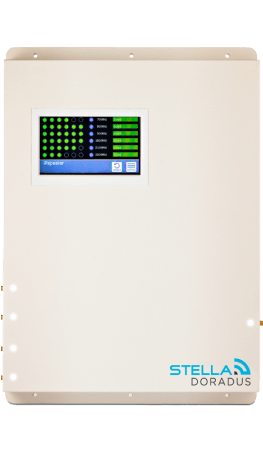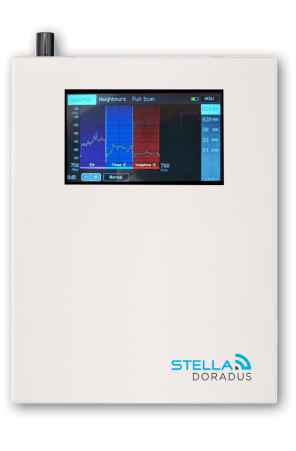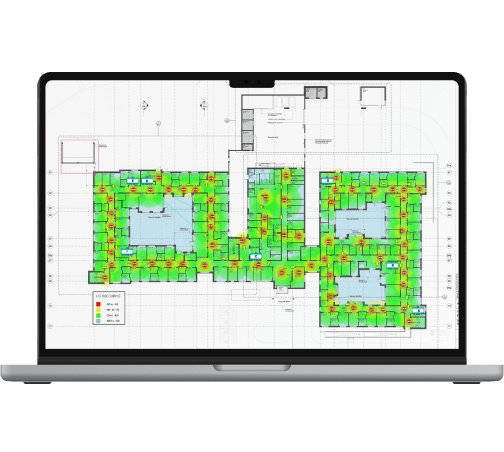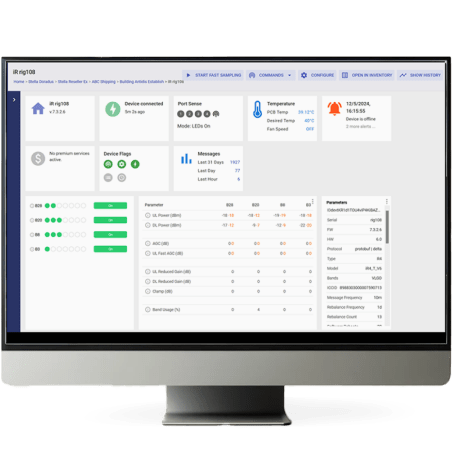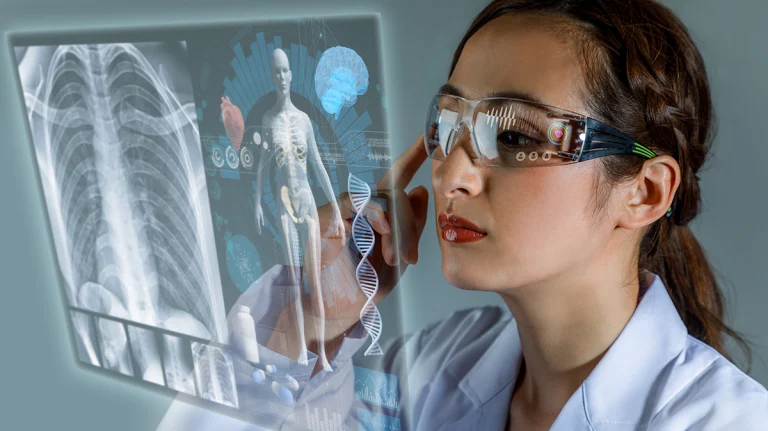
In recent years Augmented Reality (AR) has become an essential part of our online shopping experience. AR technology allows virtual objects to be placed in real-world environments in real time. It essentially combines a real-world environment with a virtual one. For example, the IKEA app uses your phone’s camera and AR technology to enable you to place a piece of furniture virtually in your room. Thanks to AR there is no need to go to the actual IKEA store anymore. Instead, you can try a new armchair or a kitchen table in the app. As a result, IKEA’s AR powered mobile app has been extremely successful among customers.
Snapchat, Instagram and Tik-Tok tirelessly create new filters every day to keep their users entertained. Users take photos and make videos while placing fun filters over them. These filters are a perfect example of AR’s successful implementation. According to HubSpot over 250 million users try filters on Snapchat daily.
5G is the key to AR’s breakthrough
But it’s not only the mass-market that can benefit from AR technology. Forbes named a few areas where AR could make a massive breakthrough in the near future. Number one is the healthcare sector where doctors and medical staff could use AR to virtually place 3D modelled objects over the patient’s body. Another sector is construction. Architects and builders could use AR to try different designs and layouts before actually starting the job.
According to Forbes 5G will be the key to seamless AR user experience to avoid lagging and connectivity issues. The combination of 5G global expansion and the rise of augmented reality (AR) and artificial intelligence (AI) will entirely transform telecommunications.
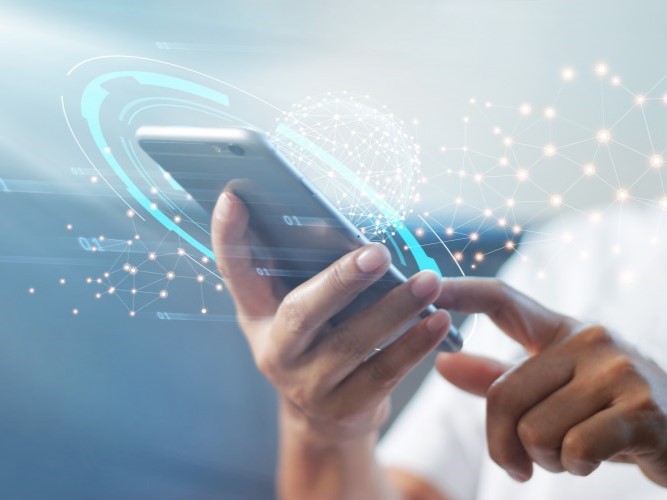
In order to progress with these advances in technology, good quality 5G signal is clearly essential in all buildings. However, triple glazing, steel and concrete in high spec’d, modern offices often result in poor, or no mobile signal inside the building.
This can cause huge problems.
To solve these issues, we have developed a range of mobile signal amplifiers (repeaters), which amplify the mobile signal from the operators and bring it inside the buildings.
The Stella Doradus iR6 iRepeater amplifies 5G, 4G, 3G and 2G for all operators, ensuring clear calls and super fast data inside all types of buildings.
This ensures all cellular devices (including machines, mobile phones and pay terminals) inside the building have access to high speed 5G data, and users can avail of all of the many new technologies that rely on 5G to work.


